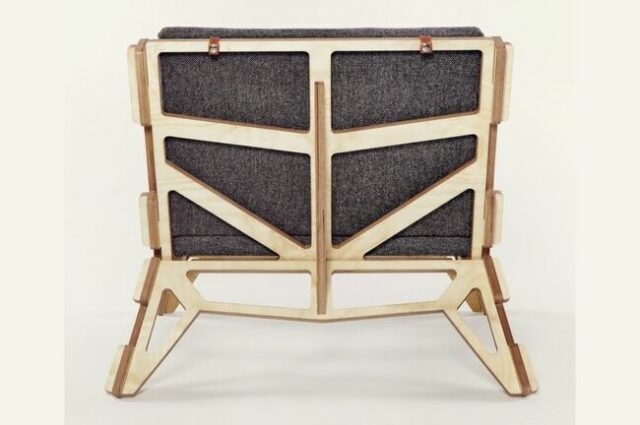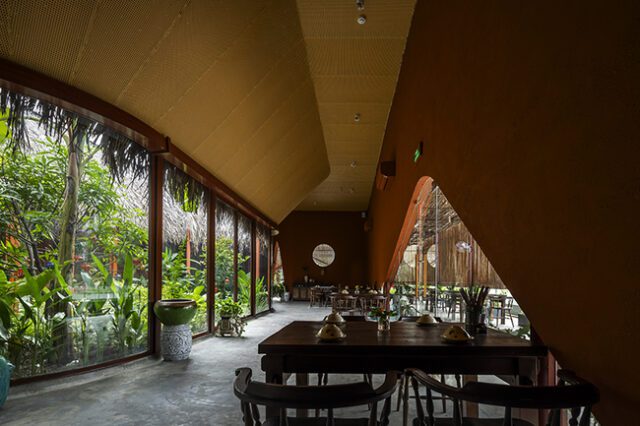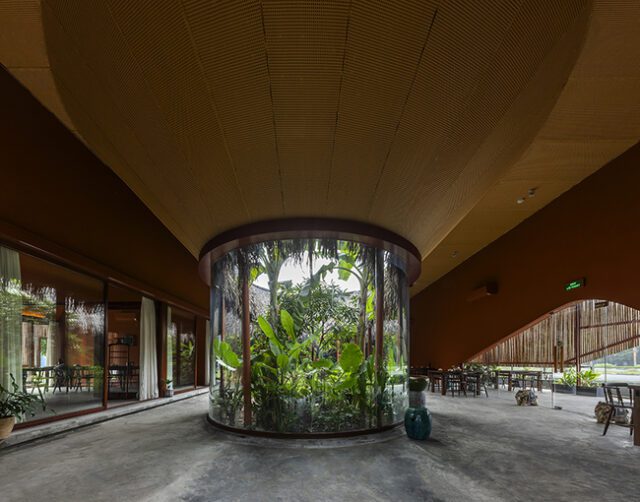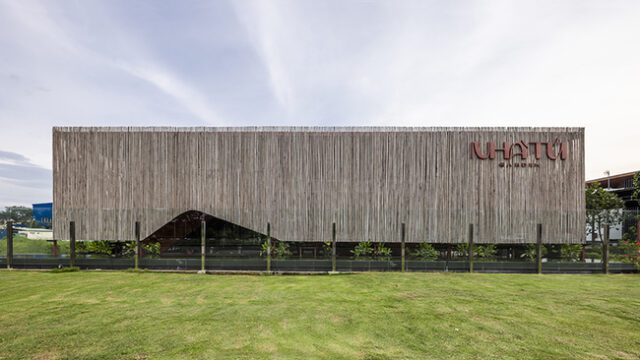
On the eve of her 80th birthday, retired teacher Karen Solomon found herself at the heart of an unforgettable moment, surrounded by the warmth of cherished memories. Little did she know, her daughter, Debra, had orchestrated a surprise reunion with her beloved kindergarten student from decades past. As the anticipation mounted, Karen’s heart fluttered with excitement, unaware of the joy that awaited her.

When Seyi Fayanju, now a doctor at Stanford University, emerged from behind the door, the room erupted with emotion. Karen’s eyes sparkled with recognition, and a wave of nostalgia washed over her as she embraced Seyi, her once-tiny pupil now a beacon of success and gratitude. Tears flowed freely, mingling with laughter and shared stories, weaving a tapestry of connection that spanned time and distance. In that magical moment, surrounded by loved ones and the echoes of years gone by, Karen knew that the gift of reunion surpassed all expectations, etching itself as a precious chapter in the story of her life’s journey.



Acie Holland III, a 14-year-old Wisconsinite, emerged as a beacon of bravery and quick thinking when he assumed control of his school bus after the driver fell unconscious. His swift action averted a potential disaster, earning him recognition from various local authorities and instilling a newfound confidence within himself. Despite his young age, Holland’s composure and decisiveness in the face of crisis showcased a maturity beyond his years.

The incident unfolded during a routine bus ride in April, as Holland noticed signs of distress in the driver. Reacting with a keen sense of intuition, he took charge of the situation, maneuvering the bus to safety and ensuring the well-being of his fellow passengers. His father’s pride in his son’s actions speaks volumes about Holland III’s character and preparedness, underscoring his natural inclination to assist others in need. This remarkable display of leadership and compassion serves as a testament to Holland’s exceptional qualities, leaving a lasting impression on his school community and beyond.

Altar Ninho, crafted by Natureza Urbana, stands as an ethereal haven hovering amidst São Paulo’s verdant embrace. Perched within the embrace of Pedra Alta farm, this sustainable sanctuary offers an unparalleled sojourn elevated above the hustle of urban life. Enveloped by the Atlantic Forest’s embrace and blessed with a vista overlooking the Joanópolis Reservoir, it beckons seekers of tranquility to immerse themselves in nature’s embrace. As a testament to environmental stewardship, the architectural ethos seamlessly melds with the surrounding ecosystem, employing prefabricated structures to tread lightly upon the land.

The harmonious partnership between Altar and Natureza Urbana births Ninho, a jewel nestled amid the untamed beauty of Serra da Mantiqueira. This visionary collaboration resonates with Altar’s mission to pioneer decentralized hospitality, intertwining luxury with eco-conscious practices. The compact yet opulent treehouse, christened Ninho, unveils a panorama of innovation and comfort, marrying modern amenities with rustic charm. Embarking on a journey initiated in July 2023, this sanctuary epitomizes the convergence of sustainability and sophistication, inviting guests to partake in an unforgettable communion with nature’s splendor.


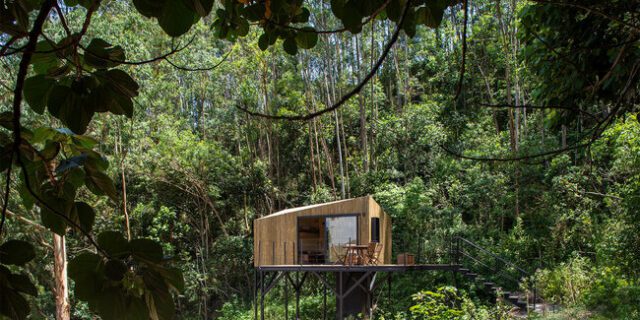




With a kitchen that extends into an outdoor bar, the Mirasol tiny home breaks the stereotype that tiny living means sacrificing the ability to entertain. While many compact homes struggle to accommodate guests comfortably, Baluchon’s innovative design ensures that socializing remains a breeze. Built on a double-axle trailer and spanning 20 feet in length, the Mirasol tiny home boasts a charming exterior clad in red cedar with aluminum accents. Inside, the ash and spruce finishes create a welcoming ambiance, complemented by ample glazing that fills the space with natural light. The kitchen, complete with operable windows for easy serving, seamlessly transitions into an outdoor bar, extending the living space and making it ideal for hosting gatherings. Additionally, a detachable pantry and terrace enhance the outdoor experience, providing convenient storage and additional seating for guests. Continue reading “With a Kitchen That Extends Into an Outdoor Bar, The Mirasol Tiny Home is Great For Hosting Parties” »

The return of White-Tailed Eagles to Belgium after an absence of half a millennium marks a significant milestone in the nation’s ecological narrative. Their resurgence, akin to a phoenix rising from the ashes of historical depopulation, speaks volumes about the resilience of nature when given the chance to recover. Since Giovanni da Verrazzano marveled at the vastness of Manhattan’s landscape, these majestic raptors have been absent from Belgium’s skies, making their recent nesting and breeding activities at De Blankaart Nature Reserve a cause for celebration and conservation alike. Paul and Betty, the pioneering eagle couple, symbolize not only the triumph of their species but also the dedication of local authorities who have swiftly moved to safeguard their newfound habitat with strict protective measures.

While White-Tailed Eagles may be a common sight in certain parts of Europe, their return to Belgium paints a picture of hope and restoration, echoing efforts across the continent to revive dwindling populations of iconic species. The resurgence of these magnificent birds underscores the importance of habitat preservation and the gradual reversal of human-induced environmental degradation. From ceremonial interments dating back thousands of years to contemporary conservation efforts, the White-Tailed Eagle’s journey reflects a deep-seated connection between humanity and nature—a connection that Belgium, after centuries of absence, is joyously rediscovering amidst the verdant landscapes of West Flanders.
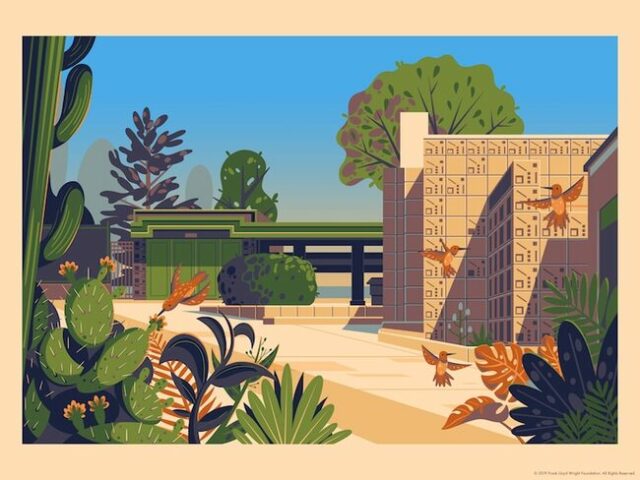
Vibrant Travel Posters Celebrate the Architecture of Frank Lloyd Wright by encapsulating the essence of his timeless creations in a captivating visual journey. Across continents and decades, Wright’s architectural marvels have stood as epitomes of form meeting function. From the spiraling majesty of the Guggenheim Museum to the organic harmony of Fallingwater, his designs remain as influential today as they were during his lifetime. The collaboration between the Frank Lloyd Wright Foundation and Spoke Art breathes new life into Wright’s legacy with a traveling pop-up show titled “Frank Lloyd Wright: Timeless.” Showcasing the enduring appeal of his work, this exhibition features original illustrations by artists worldwide, evoking the spirit of 1930s-era Works Progress Administration travel posters. Each poster is a testament to Wright’s architectural genius, capturing the imagination with vibrant colors and intricate details.

Among the standout pieces is DKNG Studios’ homage to The Pearce House, a Usonian gem characterized by its sweeping curves and bold hues. Meanwhile, Van Orton pays tribute to Wright’s unrealized vision of the Morris House, perched on a cliff overlooking the San Francisco Bay. Taliesin West, once Wright’s winter sanctuary and now the Frank Lloyd Wright Foundation’s headquarters, served as a fitting backdrop for the exhibition. Although the show’s physical presence was fleeting, the legacy endures online through Spoke Art’s platform, where admirers can explore and acquire these artistic interpretations. As admirers immerse themselves in these timeless designs, they not only celebrate Wright’s enduring influence but also contribute to the preservation of his architectural heritage, with a portion of proceeds supporting the Frank Lloyd Wright Foundation’s mission.
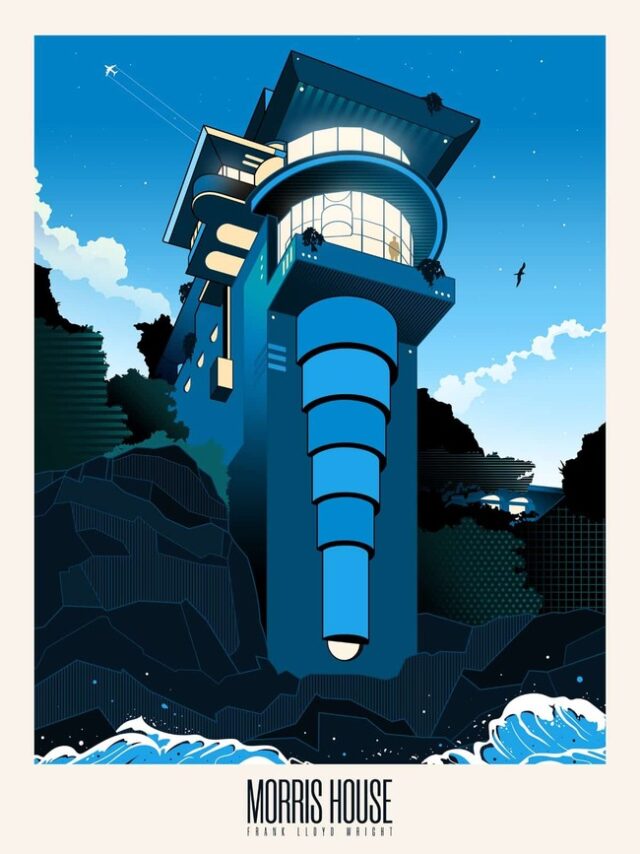




Since its launch in 1977, NASA’s Voyager 1 spacecraft has embarked on a remarkable odyssey through the vast expanse of space, venturing farther from Earth than any human-made object in history. Over the decades, it has provided humanity with unprecedented insights into our solar system’s outer realms, from breathtaking images of Saturn to groundbreaking discoveries about interstellar space. However, in November 2023, Voyager 1 suddenly fell silent, halting its regular stream of data back to Earth. NASA’s engineers swiftly sprang into action, diagnosing the issue as a malfunction within the craft’s flight data subsystem. Through ingenious coding maneuvers from mission control at the Jet Propulsion Laboratory in California, they managed to restore communications, marking a triumph of human ingenuity over the vast distances of space.

On April 20, 2024, a momentous event occurred as the first batch of data since the restoration of communications made its journey back to Earth. This crucial radio transmission, traveling an astounding 15 billion miles, allowed NASA scientists to once again monitor Voyager 1’s health and status. Despite the ongoing efforts to adapt the remaining sections of code affected by the malfunctioned chip, the fact that Voyager 1’s aging computers continue to function after nearly half a century in space is a testament to the pioneering spirit and technical prowess of its creators. As Voyager 1 continues its solitary voyage through the cosmos, it serves as a symbol of humanity’s insatiable curiosity and our enduring quest for knowledge beyond the confines of our home planet.


Gustav Düsing’s Flat-Pack Barcelona Chair version with sustainable plywood and no binding materials emerges as a beacon of innovation in the bustling landscape of furniture design. Düsing’s Space-Frame series, initially conceived as an architectural experiment, effortlessly melds modern production techniques with enduring design principles. Crafted from Baltic Birch plywood, the series evokes nostalgic memories of childhood puzzles, now manifested in full-scale furniture pieces. The collection’s defining feature lies in its utilization of space-efficient structural elements, aptly named space-frames, forming the foundation of its intricate yet functional designs. Chair23D, a standout from the series, draws inspiration from timeless lobby chairs like the Barcelona Chair by Mies van der Rohe. Its intricate three-dimensional structure, resembling the human skeleton, is a testament to Düsing’s craftsmanship, ingeniously assembled without the need for adhesives or screws. This self-contained system not only ensures stability but also defies conventional assembly methods, showcasing Düsing’s mastery of form and function.

Beyond its aesthetic allure, the Space-Frame series embodies a profound commitment to sustainability. Crafted from renewable Baltic Birch plywood, these pieces offer environmentally-conscious consumers a guilt-free indulgence. Moreover, their flat-pack design not only minimizes shipping costs and space but also reduces fuel consumption, furthering their eco-friendly appeal. Düsing’s design philosophy shines through every aspect of the series, from its honest construction to its meticulous attention to detail. Unlike traditional CNC-cut furniture, which often exposes unsightly joints, Düsing’s designs cleverly conceal imperfections, transforming them into visual elements in their own right. It is this seamless fusion of form and function that elevates the Space-Frame series beyond mere furniture, transcending into the realm of functional art.






